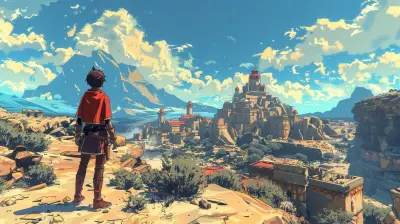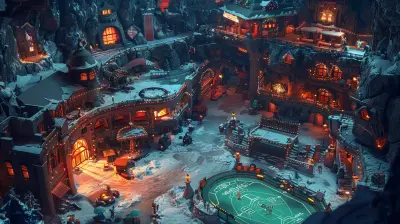Building Worlds: How Sandbox Games Redefine Player Creativity
14 July 2025
Ever dreamed of building your own universe? One where the rules are yours, where imagination is the only boundary? Welcome to the sandbox — not the one filled with plastic shovels and tiny castles, but the digital worlds tucked inside your gaming console or PC.
In this article, we're diving deep into how sandbox games are flipping traditional gameplay on its head. These aren't just games — they’re virtual canvases, fertile grounds for creativity, and endless playgrounds for both casual players and digital artists alike. So, grab your pickaxe, your keyboard, or your crafting table — let’s get building.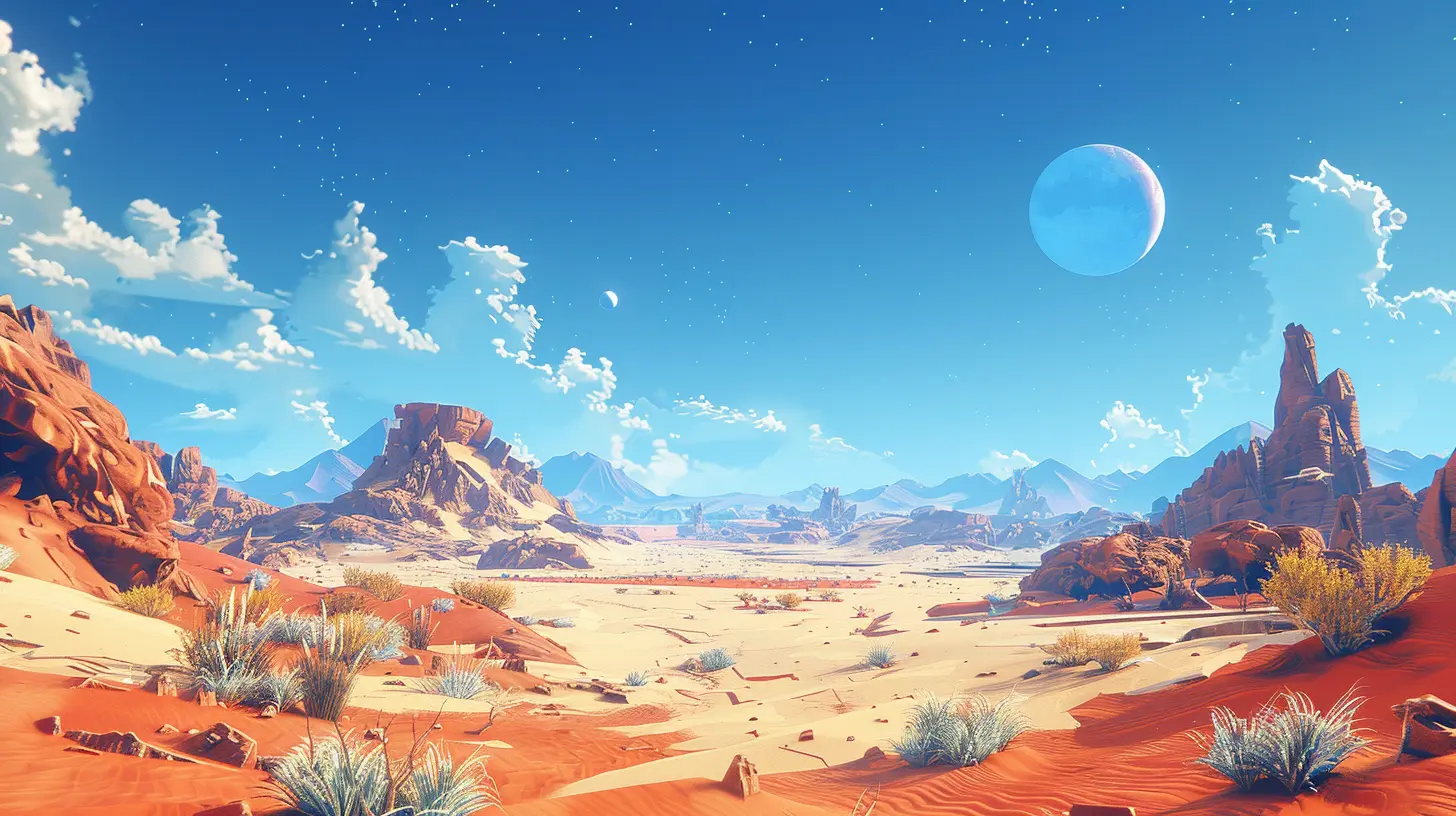
What Exactly is a Sandbox Game?
Before we start sculpting entire galaxies out of pixels, let’s break things down. A sandbox game is a type of video game that emphasizes open-ended gameplay. There’s usually no rigid storyline, no linear path, and no single way to "win."You get tools, environments, and mechanics — and what you do with them? That’s all on you.
Imagine handing a box of LEGO bricks to a kid. No instructions, no manual. Just bricks and imagination. That’s a sandbox game in essence. Games like Minecraft, Terraria, Roblox, and The Sims are some of the most famous examples, but the genre is expanding rapidly with titles like Valheim, No Man’s Sky, and Dreams.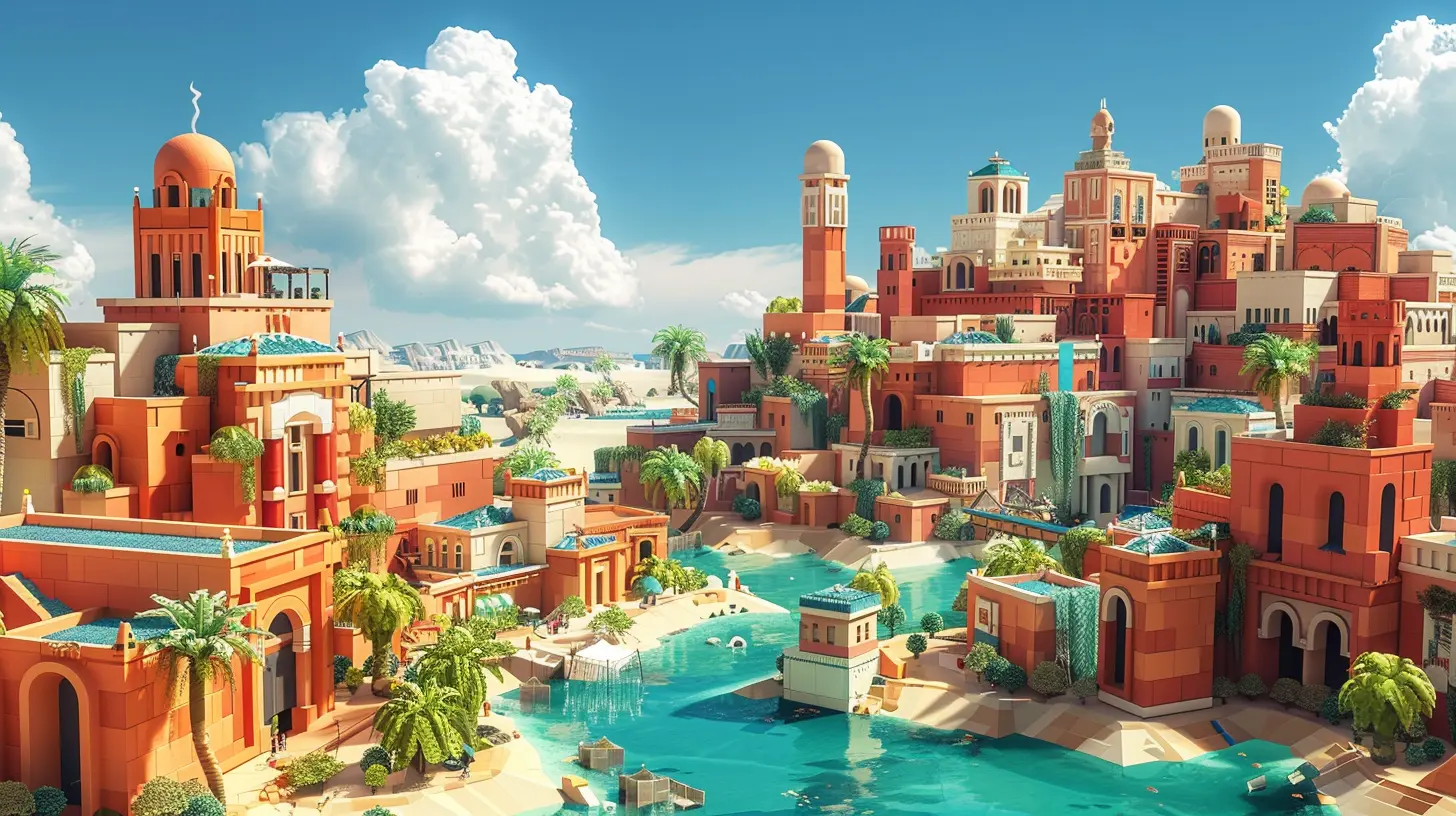
From Players to Architects: The Shift in Game Design
Traditional games work like guided tours. You follow predetermined paths, interact with set pieces, and tick off objectives. Sandbox games? They're more like open wilderness hikes — you bring your own map, gear, and sense of adventure.Game developers are handing over the reins to the players. Instead of crafting a specific story, they're creating dynamic systems and rule-sets. The real story is written by the player’s choices and creativity.
Think of game design as building a playground, not a single ride. You can swing, climb, dig, or just lie on the grass — it’s up to you.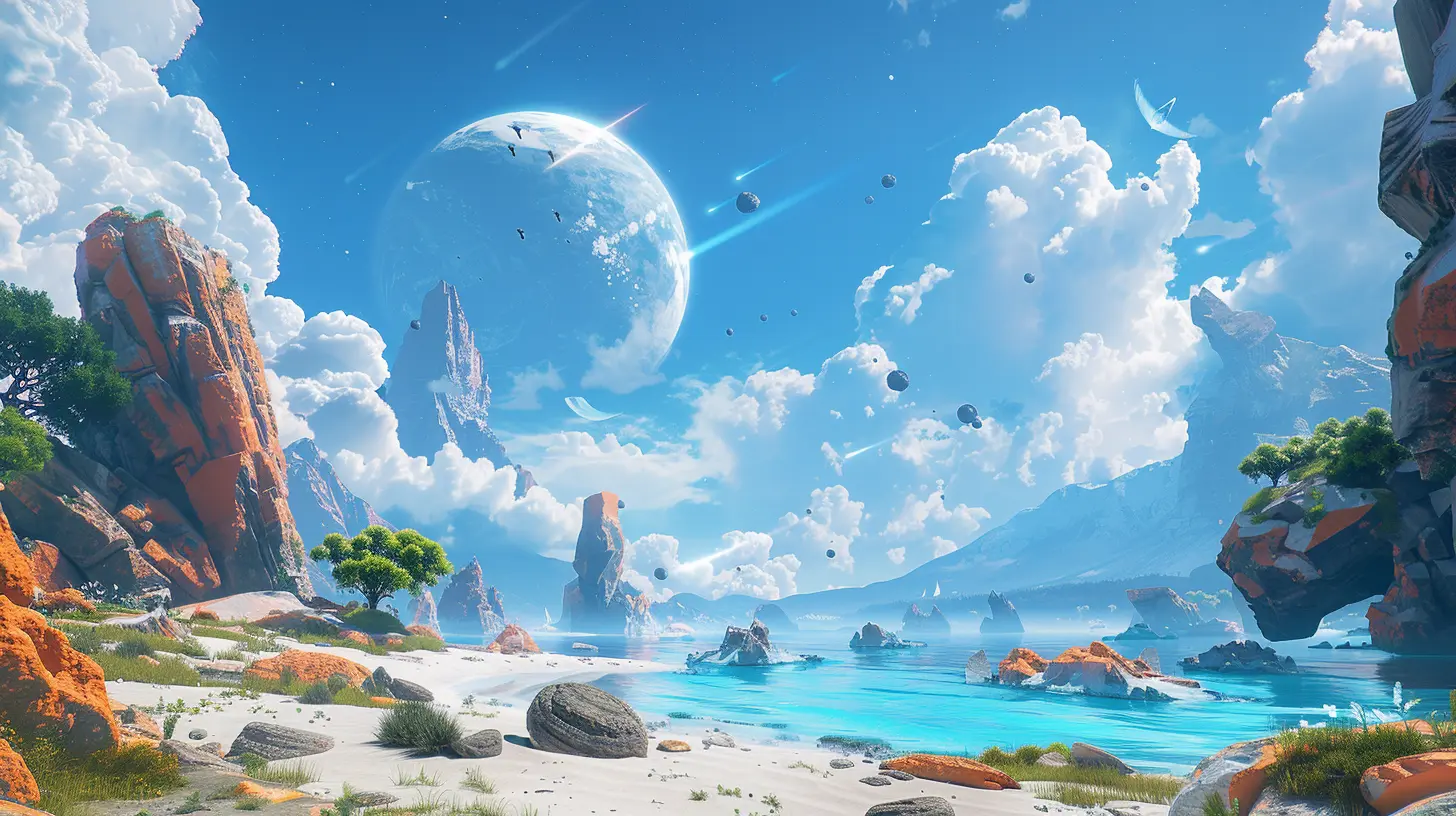
Why Sandbox Games Are the Ultimate Creative Outlet
So why are sandbox games such a hit with the creative crowd?1. No Right or Wrong Way to Play
It’s genius, really. There are no fixed goals unless you set them. Want to build a floating castle? Go ahead. Want to recreate the Death Star block by block? Absolutely. You’re only limited by your imagination — not some pre-written mission log.2. Player-Created Content
Modding and custom content are core to the experience. Games like Roblox and Dreams have become full-fledged game development platforms. You’re not just playing the game — you’re making one within it.3. Communities that Inspire
The best part? You’re never alone. The sandbox community is a thriving hub where players share blueprints, host worlds, collaborate on giant builds, and even compete in creative challenges. It’s like digital art school meets architecture class meets online hangout.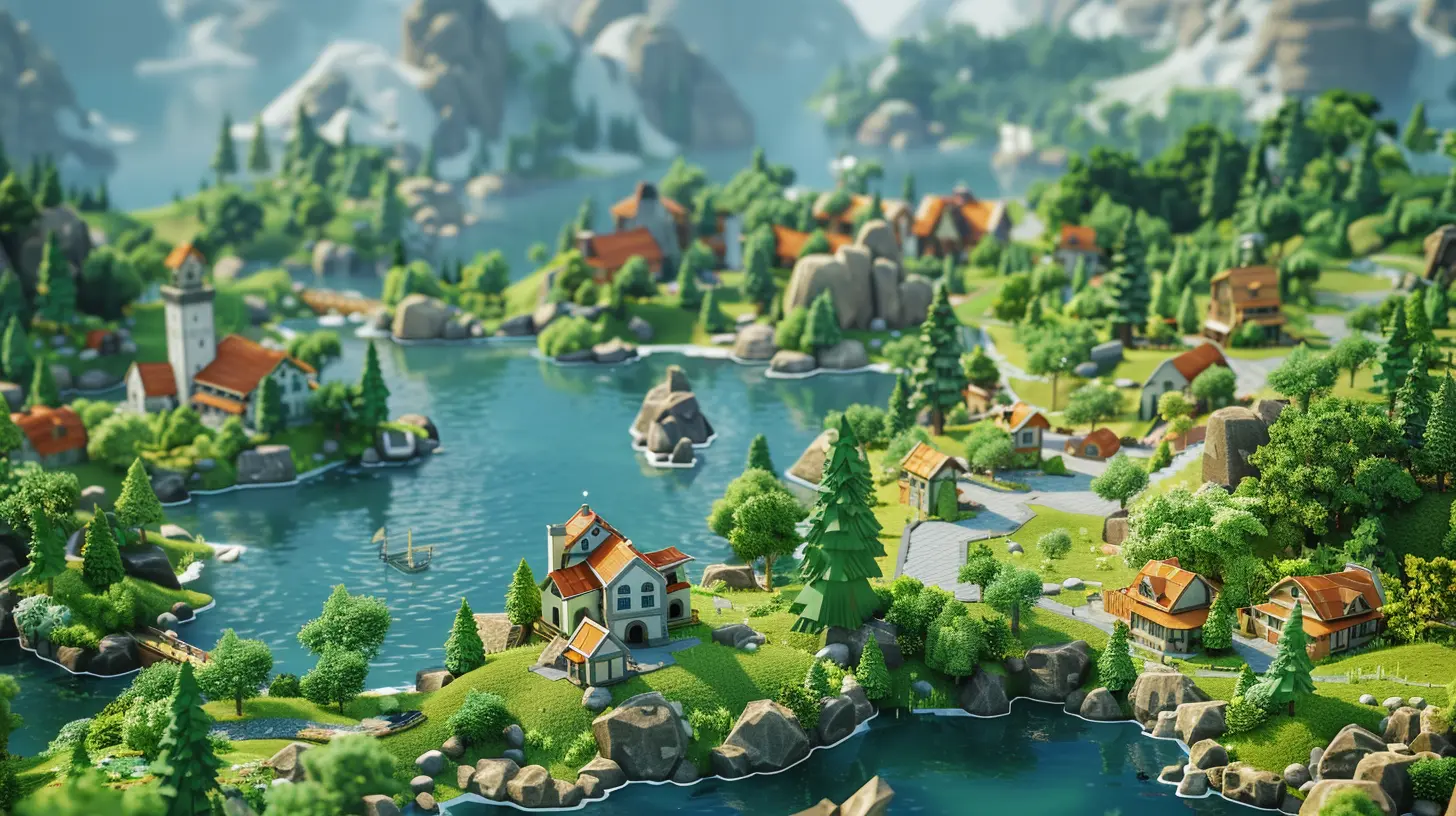
The Rise of Building as Gameplay
Let’s talk building mechanics. Remember when construction in games was secondary or purely decorative? In sandbox games, it’s front and center.Minecraft: The Godfather of Creative Freedom
We can’t talk sandbox without tipping our hat to Minecraft. It's basically digital LEGO, and it’s revolutionized how we view gaming. From survival mode to creative mode, Minecraft gives players the tools to construct anything — pixel art, working computers, even entire RPGs.It’s also been used in classrooms, urban planning simulations, and even virtual concerts. Wild, right?
Terraria: The 2D Creativity Explosion
While Minecraft went 3D, Terraria kept things side-scrolling. But don’t let the 2D look fool you — it's packed with building, crafting, exploring, and boss battles. The build possibilities might be flatter, but the depth is jaw-dropping.The Sims Series: Life, Redesigned
Who says building is just about bricks? In The Sims, it's about constructing lives — houses, families, careers. You play god, designer, and social planner all at once. It’s part storytelling, part architecture, and part chaos simulator.Sandbox Games as a Tool for Learning and Development
Ever noticed how some sandbox games make you think harder than a math test, all while convincing you you’re just having fun?Engineering and Problem Solving
Games like Kerbal Space Program and Besiege challenge players to build functional machines. You’re literally learning physics and engineering without opening a textbook.Coding and Logic Design
In Minecraft’s Redstone circuits or games like TIS-100, you're basically coding. Players learn logic gates, command blocks, and automation — skills directly tied to real-world programming.Collaboration and Teamwork
Multiplayer sandbox games teach soft skills too. In games like Valheim or ARK: Survival Evolved, players band together to build entire civilizations. It’s teamwork, leadership, and project management rolled into one.The Social Impact of Sandbox Worlds
These games are more than just creative outlets — they’re social ecosystems.They’re shaping how we interact, communicate, and even think about ownership in digital spaces.
Virtual Economies and Digital Entrepreneurship
Roblox developers earn real money. Same with creators in Second Life and Minecraft modders. We're seeing the rise of digital jobs within sandbox games. People are architects, event planners, coders — all within a game.Inclusivity Through Expression
Customization is a big deal. Avatars, structures, environments — they can reflect identity, beliefs, or emotions. For many, these worlds offer a safe space to express themselves, especially when real-world limitations get in the way.Are Sandbox Games the Future of Gaming?
Let’s be real. The appetite for creative freedom isn’t going away anytime soon. Players don’t just want to play — they want to craft, tinker, build, and share.With the rise of VR, AR, and metaverse-style experiences, the line between games and virtual worlds is getting thinner. Sandbox-style mechanics are being adopted across genres — even in RPGs, shooters, and MMOs.
Games like Dreams (on PlayStation) show a future where making games is as accessible as playing them. And that? That changes everything.
Challenges Sandbox Games Still Face
Of course, it’s not all rainbows and pixelated unicorns.Learning Curve
Some sandbox games come with a steep learning curve. Without structured goals, newcomers might feel lost. Game devs are starting to address this with tutorials and starter worlds — but there’s still work to be done.Overwhelm and Choice Paralysis
Too much freedom can backfire. Players may freeze under the weight of unlimited options. It's like staring at a blank canvas and forgetting how to paint.Moderation and Safety
In open creative worlds, not everything people build is, well… appropriate. Online moderation becomes a key concern, especially in games with younger audiences like Roblox or Minecraft.Tips for Tapping Into Your Inner Sandbox Genius
Not sure where to start? Here are a few quick tips:1. Start Small – Don’t aim to build Hogwarts on day one. Start with a tiny hut or a simple contraption.
2. Join a Community – Forums, Discords, social media groups — these are full of inspiration and support.
3. Watch Tutorials – YouTube and Twitch creators offer endless guides and creative showcases.
4. Set a Personal Goal – Even if the game doesn’t give you one. It could be “build a base with five rooms” or “automate a farm”.
5. Share Your Work – Posting your builds or creations online can spark feedback and motivation.
The Beauty of Infinite Playgrounds
In a world that’s often rigid and rule-bound, sandbox games offer a breath of fresh air. They remind us that imagination isn’t just for kids. They give us digital spaces where we can fail safely, try boldly, and build wildly.Whether you're sculpting dream homes, battling with self-made bots, or terraforming entire planets, the truth is clear: sandbox games don’t just entertain us — they unleash us.
So go ahead. Build your world. The sky’s not the limit — it’s just the starting point.
all images in this post were generated using AI tools
Category:
Sandbox GamesAuthor:

Tayla Warner
Discussion
rate this article
2 comments
Zelda McGarvey
This article sparks such intrigue! The way sandbox games empower players to unleash their creativity is fascinating. I can’t wait to explore how these virtual realms inspire real-world innovation!
October 19, 2025 at 3:55 AM

Tayla Warner
Thank you! I'm glad you found it intriguing. Sandbox games truly offer a unique platform for creativity that can lead to inspiring innovations in the real world. Enjoy exploring!
Olivia O'Brien
Oh, sure! Because who wouldn’t want to spend hours meticulously crafting pixelated worlds when we could just binge-watch reality TV? Nothing says "creative genius" like turning a blocky sandbox into a masterpiece—right after I finish my virtual pizza delivery job!
July 25, 2025 at 3:33 AM

Tayla Warner
While reality TV has its appeal, sandbox games offer a unique canvas for creativity that encourages problem-solving and artistic expression in ways that are both engaging and rewarding.

